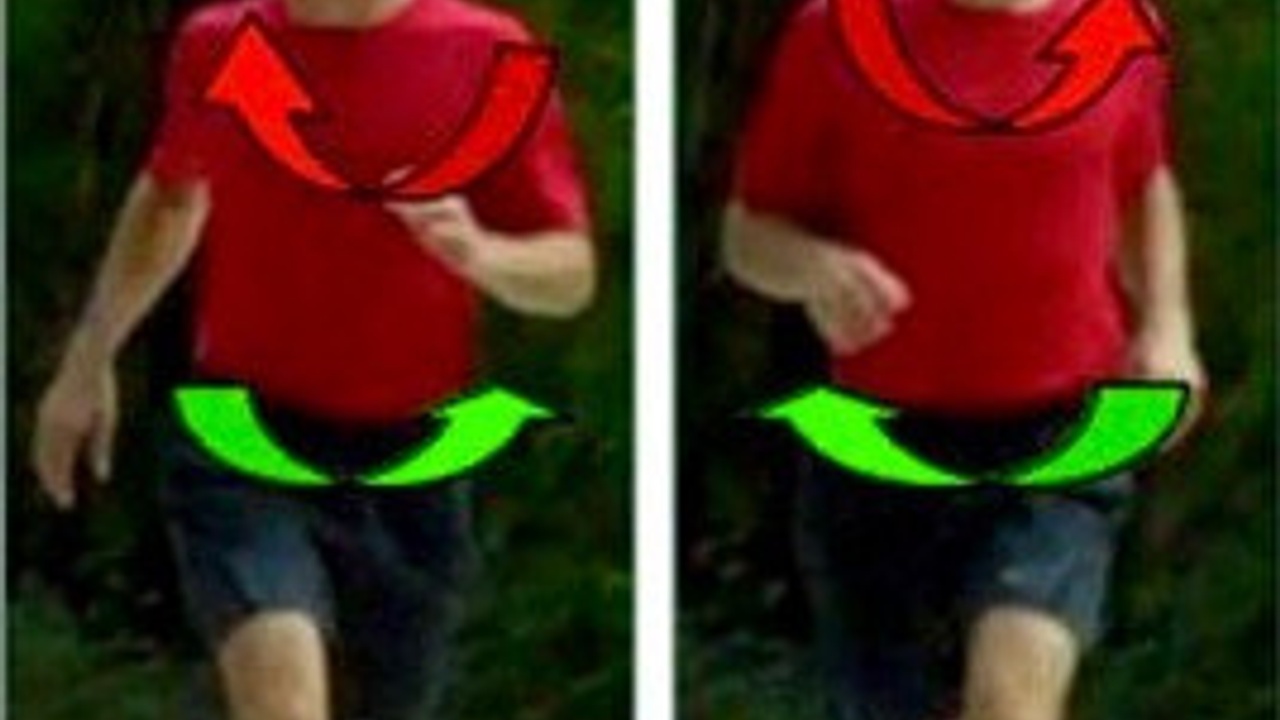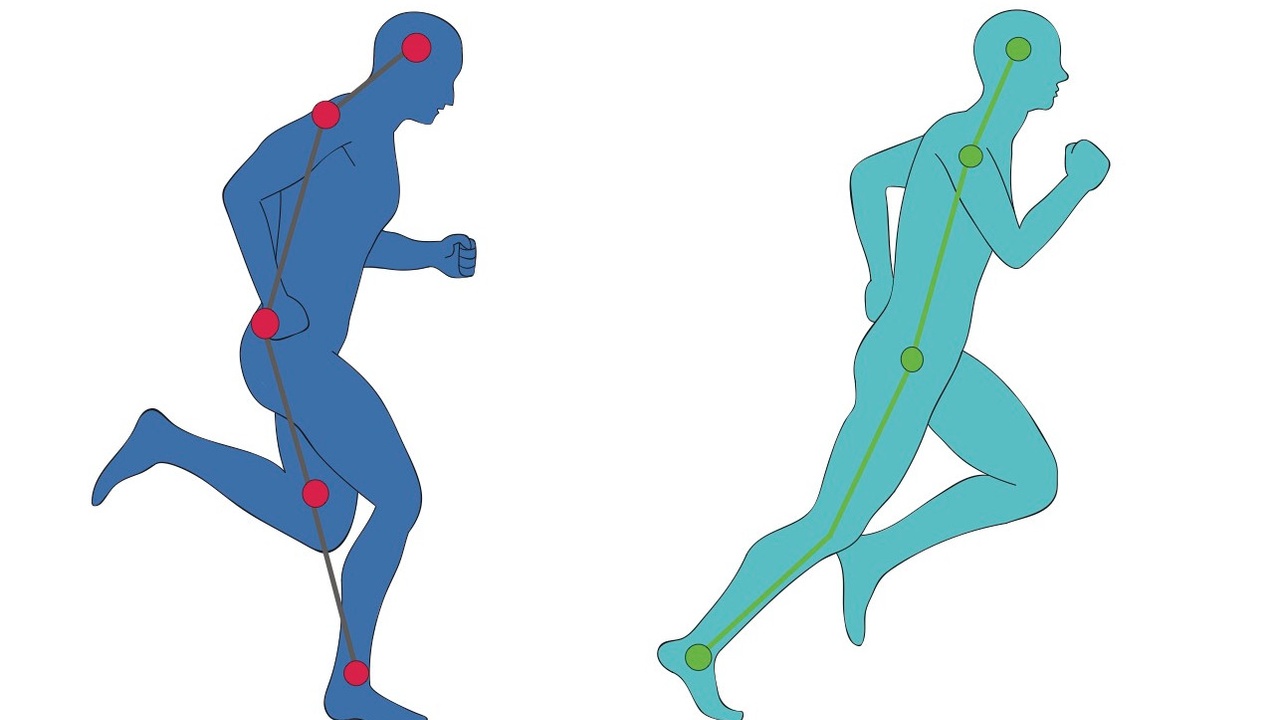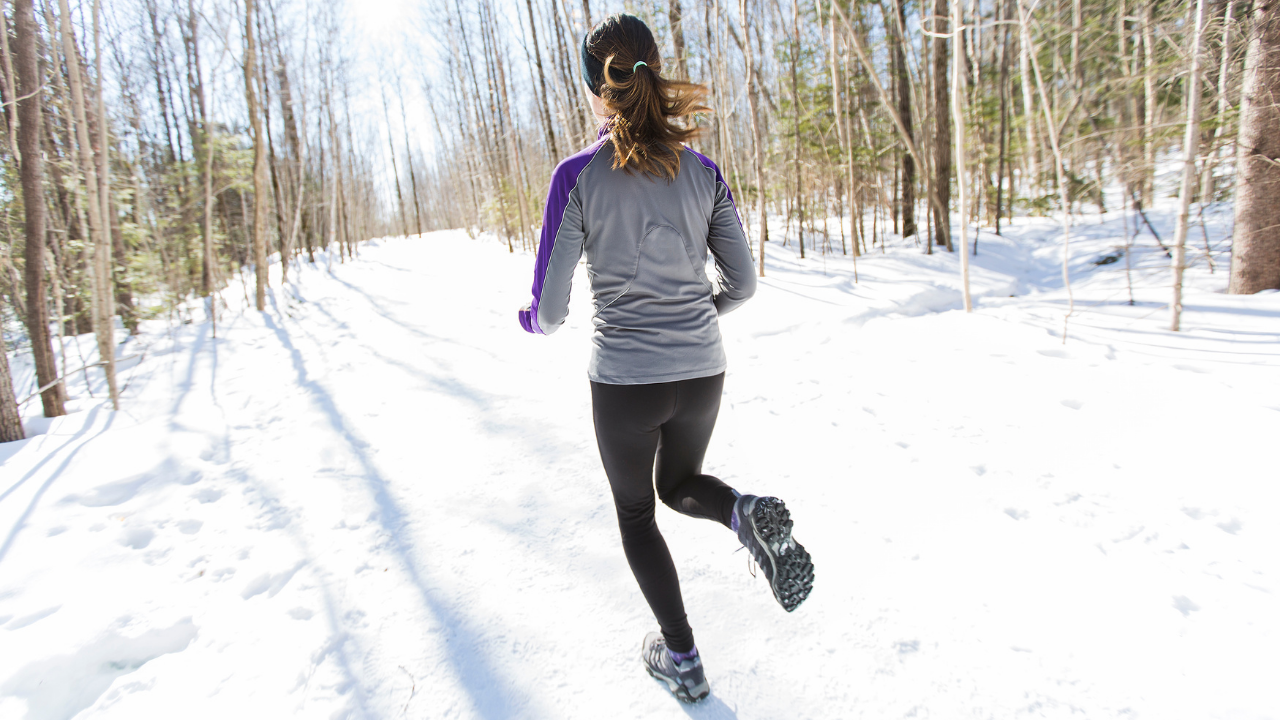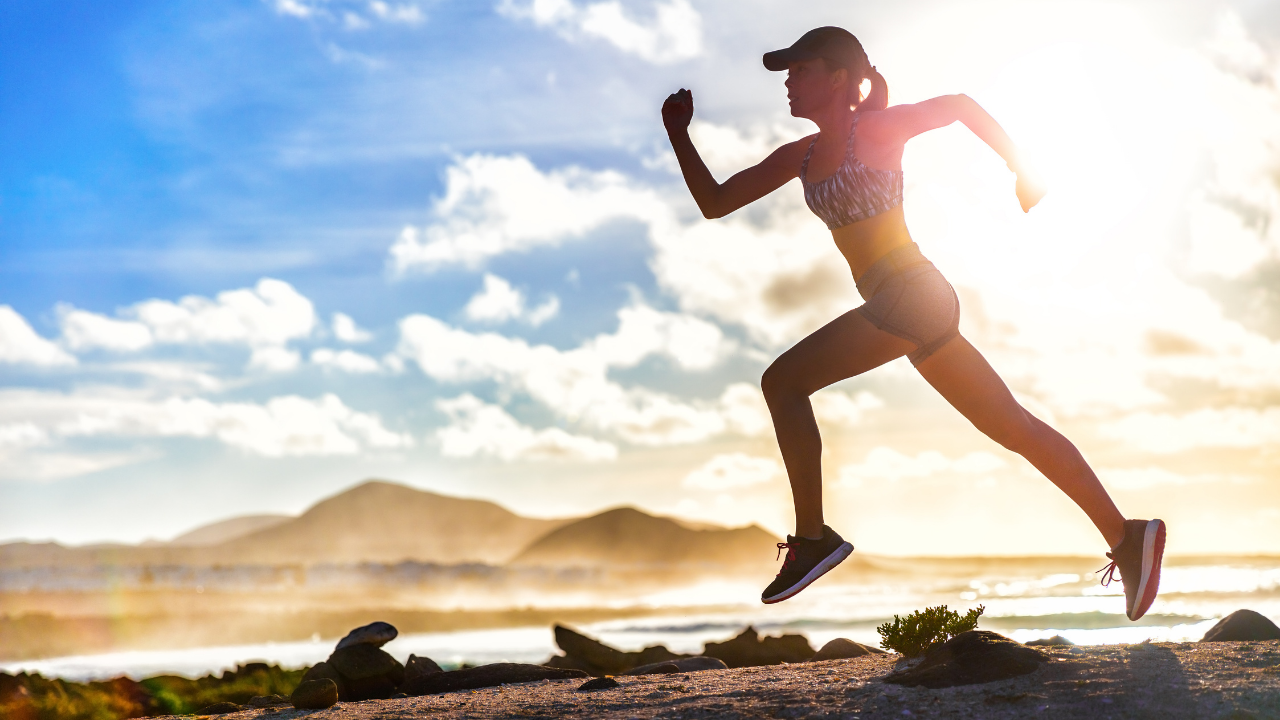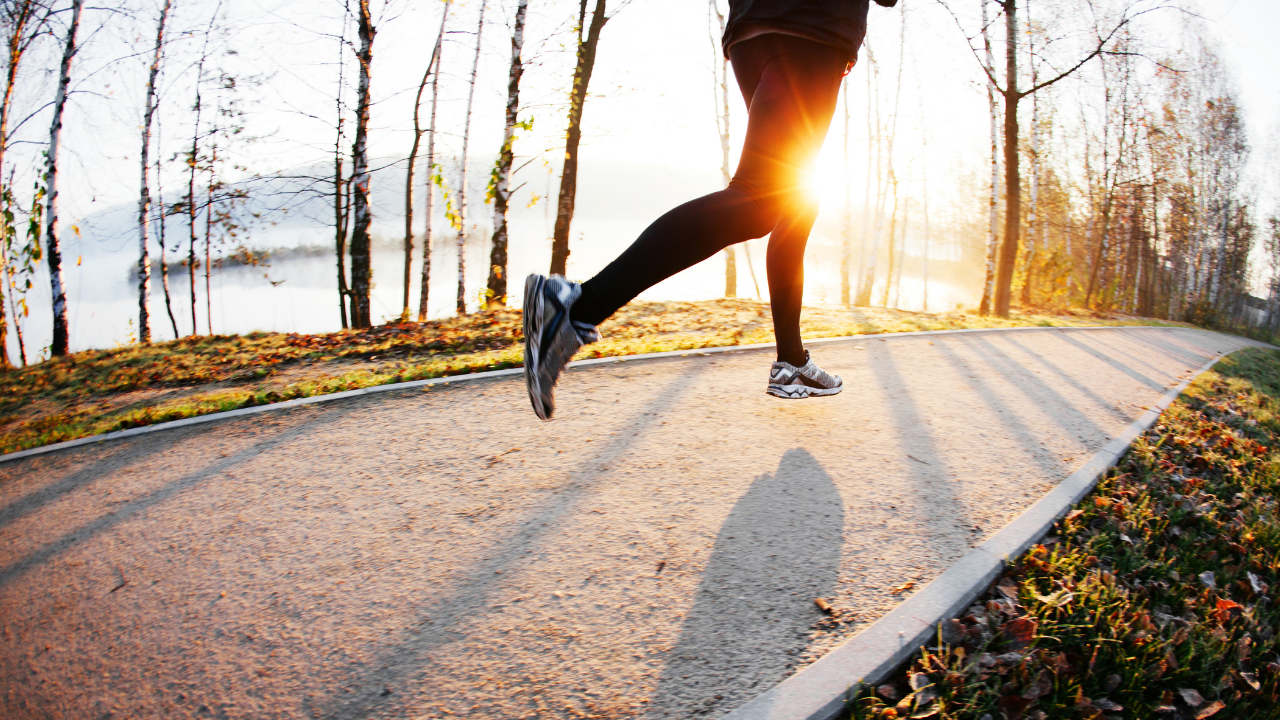My Blog
The Path To Wellbeing
When we think of running and recovery, we generally visualize stretching, massage, rolling, or other post-workout activities. These are all excellent activities, but they only happen after the running workout is complete. Instead of recovering only after you've completed a run, read on to learn abou...

Guest Blog: Gadrie Edmunds
I started running regularly when I was 19 or 20 to try and lose weight and get in shape. Not knowing any better, I started off running in aerobics shoes. I don’t know if the shoes contributed to it, or if I just took a bad step one day, but somewhere in that first year ...
In last month’s blog, Improve Your Running Form: Align Your Core, I discussed the importance of aligning your core to allow for counter-rotation between the upper and lower body, specifically between the rib cage and the pelvis. Keep in mind that the hip sits within the pelvis and follows its rotati...
While I was on my recent book tour, I stopped at Fusion Multisport in Los Alamos, NM. There, I gave a talk on Core Running Posture. This blog re-caps some of the information that I shared.
Running requires a transfer of power between your upper and lower body. The torso, which contains the core, i...
As I neared the top of the initial 1.5 mile climb on the Caldera 10 km run course, I found the aid station. I slowed to take a cup of Gatorade. And that's when she passed me. Oh Crap! I had no idea another woman was so close! But I had to hydrate. The next section of the run consisted of steep up...

1. First, Run in Soft Snow for Good Technique
The unstable surface of the snow does not allow you to push off for propulsion. This backward force may cause you to slip as the snow moves with your foot. Thus, you lose traction. If you don't push off from behind, you probably won't feel the n...
In case you missed my article in the Los Alamos Daily Post it is reprinted below.
Transitioning from skis to running shoes can be painful. When skiing our foot is connected to a long board and never makes contact with the ground. In running, the foot is free to move on its own and comes in direct c...
"The value of the function run is that it deliberately equalizes your strong compensating muscles and your weaker prime movers. When we are dysfunctional, heavy exertion demand automatically accesses our strongest muscles. Function runs are a way to stop that from happening and to give those prime...
In case you missed my article in the Los Alamos Daily Post.

There are no sports beyond our body's capability! When we have pain playing a sport though, it is easy to blame the activity for our pain. Running, the primary functional movement our body was designed for, has a reputation for being ...
In my ongoing quest to learn more about posture, injuries, and pain I began experimenting with the Alexander Technique (AT). What attracted me to this process is that AT develops awareness about moving and using the body efficiently during everyday activities – sitting, standing, walking, etc. Pract...



